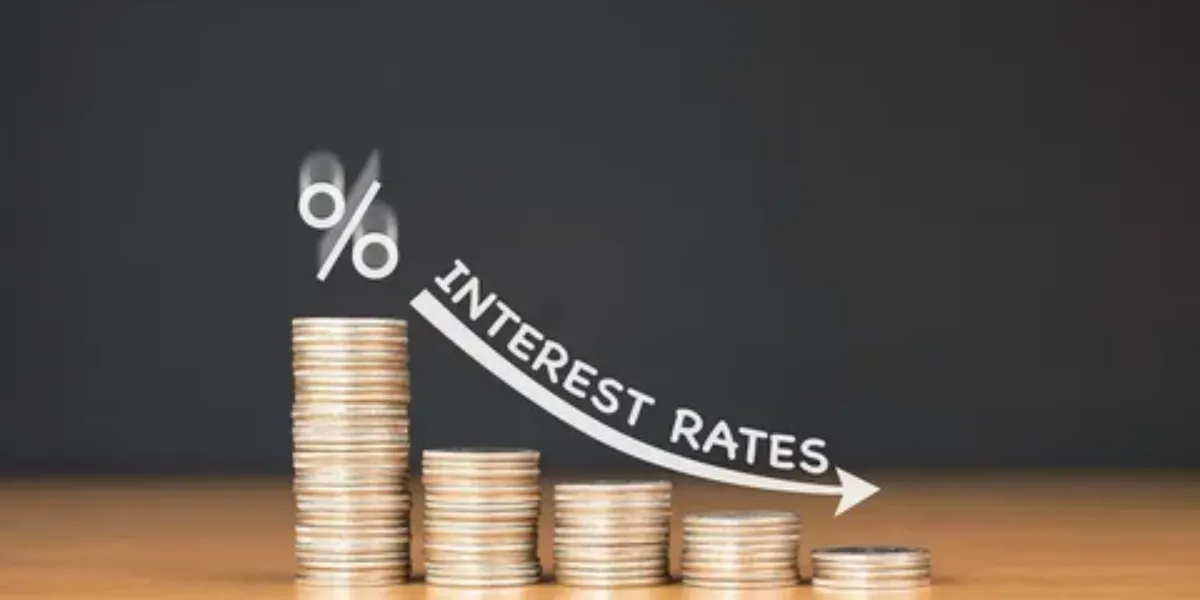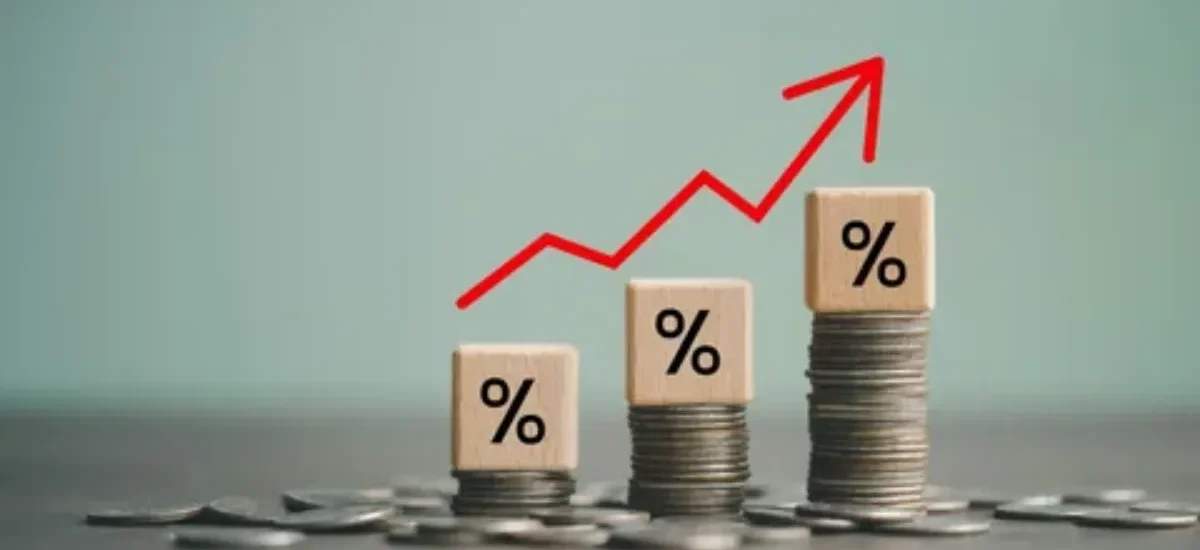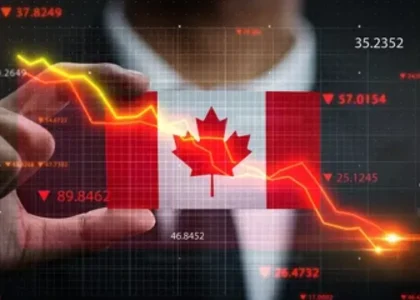The Bank of Canada, often referred to as BoC, is the nation’s central bank responsible for formulating monetary policy and regulating the country’s financial system. Recently, it made headlines by revising its rate-hike forecast amidst concerns over inflation. Let’s delve deeper into what this means and its potential implications for individuals and businesses alike.
Understanding the Bank of Canada

Before we dive into the rate-hike forecast, it’s crucial to grasp the role of the Bank of Canada. Essentially, it operates as the steward of Canada’s monetary policy, tasked with maintaining price stability and promoting economic growth.
What is a Rate-Hike Forecast?
A rate-hike forecast is an indication by the central bank of its intention to increase interest rates in the future. It’s a proactive measure taken to manage inflation and ensure a balanced economic environment.
Inflation: A Primer

Inflation refers to the general increase in prices of goods and services over time. While moderate inflation is a sign of a healthy economy, excessive inflation can erode purchasing power and destabilize markets.
Factors Driving Inflation
Several factors contribute to inflation, including increased consumer demand, rising production costs, and external shocks such as supply chain disruptions or geopolitical tensions.
The Bank of Canada’s Monetary Policy

The Bank of Canada employs various tools to manage inflation and stabilize the economy. One of the primary instruments is the adjustment of the overnight interest rate, which influences borrowing and spending patterns.
Why Does the Bank of Canada Raise Interest Rates?
Raising interest rates is a preventive measure to curb inflationary pressures by reducing consumer spending and investment. It also helps maintain the value of the Canadian dollar in international markets.
Impact of Rate-Hike Forecasts on the Economy

Rate-hike forecasts can have far-reaching effects on the economy. They signal the central bank’s stance on inflation and influence investor sentiment, consumer behavior, and business investment decisions.
Effects on Borrowers and Savers
For borrowers, higher interest rates mean increased borrowing costs, affecting mortgages, loans, and credit card payments. On the other hand, savers may benefit from higher returns on savings and investments.
Market Reactions to Rate-Hike Forecasts

Financial markets typically react swiftly to rate-hike forecasts, with movements in bond yields, stock prices, and currency exchange rates reflecting investor expectations and risk perceptions.
Analyzing the Recent Rate-Hike Forecast Update
The Bank of Canada’s decision to advance its rate-hike forecast underscores its commitment to preemptively address inflationary pressures. It reflects a balance between supporting economic recovery and safeguarding against overheating.
Potential Risks and Challenges

While raising interest rates can help contain inflation, it also carries risks, including dampening economic growth, increasing debt servicing costs, and impacting vulnerable sectors such as housing and consumer spending.
Strategies for Individuals and Businesses
In light of the rate-hike forecast, individuals and businesses should reassess their financial plans and risk management strategies. This may involve refinancing debt, diversifying investments, or adjusting budgetary allocations.
Navigating the Economic Landscape

In the Bank of Canada’s decision to accelerate its rate-hike forecast reflects its proactive approach to managing inflation and fostering economic stability. As stakeholders, it’s imperative for us to stay informed, adapt to changing conditions, and make informed decisions to navigate the evolving economic landscape effectively.
By understanding the dynamics of rate-hike forecasts and their implications, individuals and businesses can mitigate risks and seize opportunities in an increasingly complex and interconnected global economy.
Click here for more visited Posts!





